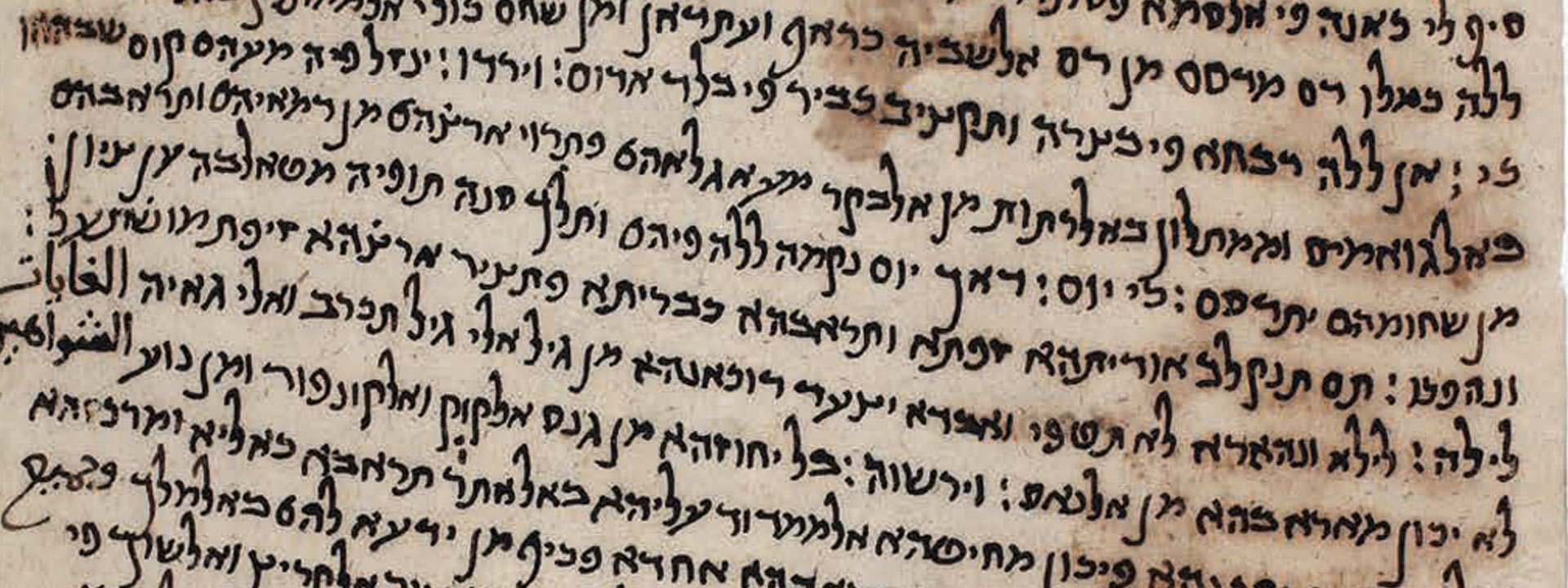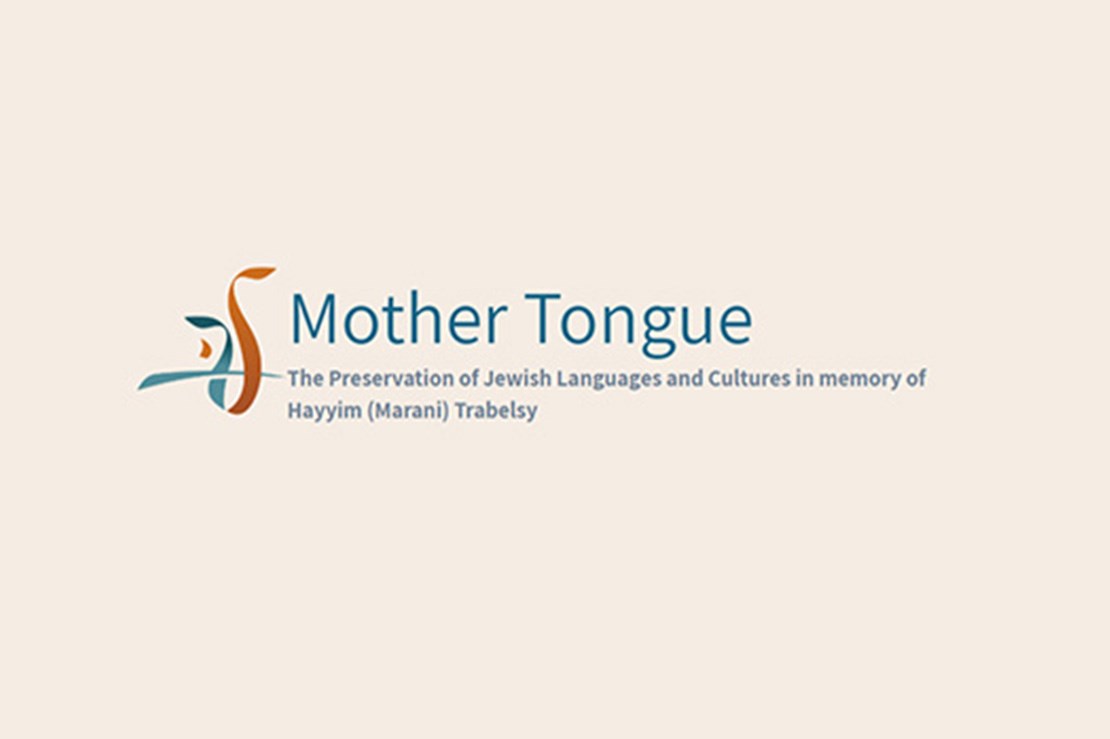Jewish Languages at the National Library of Israel
Wherever Jews have lived, they have often spoken and written in a language different from their neighbors. In some instances, their languages were distinguished by Hebrew words incorporated into the local language, and in others, they spoke in a completely different dialect. Many have heard of the Jewish Diaspora languages of Yiddish and Ladino. However, Jews have spoken dozens of different languages throughout centuries of wandering and dispersal around the world.
Around the beginning of the Christian era, Jews switched from speaking Hebrew to Judeo-Aramaic. With the emigration of Jews from the Land of Israel and the founding of new Jewish communities throughout the Babylonian, Persian, Greek and Roman empires, as well as the Arab lands, they continued their custom of learning the local language and writing and speaking it in ways unique to them. A number of languages emerged over the years across Europe and the Middle East.
Due to the changes in local languages, waves of migration and contact with speakers of other languages, some of the languages that arose in antiquity or the Middle Ages disappeared centuries ago, such as Judeo-Greek, Judeo-Provençal and Judeo-Slavic. Others dwindled as their speakers mingled with speakers of other languages.
Between the 18th and 20th centuries, Jews throughout Europe were integrated into local communities due to processes of urbanization and emancipation, which led to the transition from Yiddish and Ladino to local languages, including Russian, German, Turkish and Greek.
The end of the 19th century witnessed a tremendous change in the Jewish population. Millions of Jews emigrated from Central and Eastern Europe and the Middle East, settling in the Americas, Western Europe, as well as Ottoman and later Mandatory Palestine. Most of Europe’s remaining Jews were murdered in the Holocaust. In the decades that followed, millions of Jews immigrated to Israel from all of these regions, as well as from North Africa.
The development of Israeli Hebrew did not lead to the complete disappearance of Jewish Diaspora languages. Today, many of the world’s Jews continue to make use of words from Hebrew and Aramaic sources, as well as influences from Yiddish, Ladino and Judeo-Arabic, even when they are not speaking these languages themselves. These linguistic hybrids, variations of English, Spanish, French and more, can be seen as new Jewish languages.
While the languages of the Jews in the Middle Ages were written in Hebrew letters, the new Diaspora languages of the Jews are written in local scripts. How will these languages develop in the coming decades? Only time will tell. For now, we must document the endangered Jewish languages and monitor the development of new ones.
Supported by the Rothschild Foundation Hanadiv Europe
Based on the writings of Sarah Bunin Benor, associate professor of Contemporary Jewish Studies at Hebrew Union College – The Jewish Institute of Religion (Los Angeles Campus), creator of the Jewish Languages research website.

 Sign in with Google
Sign in with Google
 Sign in with Facebook
Sign in with Facebook

